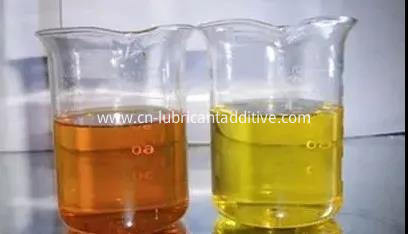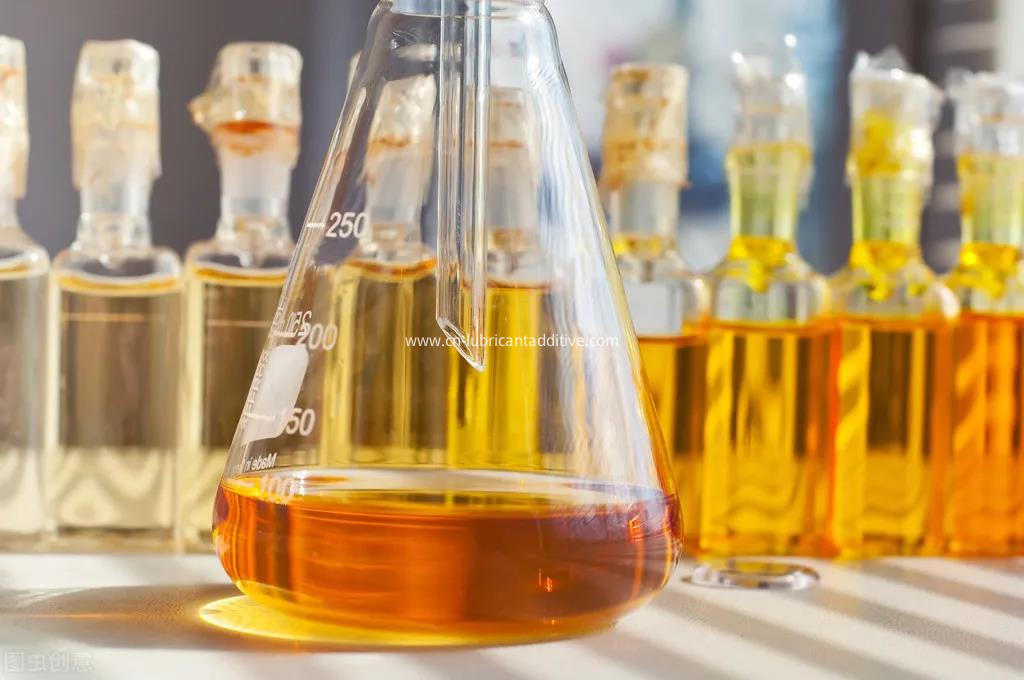Recently, a customer was unable to process the product because a tank of rust-preventing oil entered water. Calling us in a hurry, I solved it for him immediately and sent a new anti-rust oil. So many friends asked if the previous oil should be left out like this? Isn't that wasteful? How can the water in the anti-rust oil be removed? The editor will tell you about it. In the actual production process, if water enters the oil, what should the staff do at this time? There are three forms of water pollution in the lubrication system: dissolved water, emulsified water, and free water. Dissolved water refers to the water dissolved in the oil, which is invisible to the naked eye. When the water content mixed in the oil is higher than the soluble limit of the oil, the oil is saturated, and tiny water droplets are suspended in the oil to form emulsified water. From the appearance point of view, the transparency of the oil is reduced, turbid and white, and the oil is emulsified. Free water refers to the moisture behind the oil-water layer. Since oil is usually lighter than water, free water is in the lower layer. There are five basic methods commonly used to determine the water content in lubricating oil, including methods that can be tested on-site by themselves, and professional testing in the laboratory.

1. Heating method: This method can make the most basic judgment. The operation is simple. Use a piece of iron, heat it to about 130℃ on the fire, and drop a drop of lubricating oil on the iron. The lubricating oil agent expert suggests that if there is moisture, bubbles will be observed. Because of the bubbles caused by the evaporation of water in the oil, the larger the bubbles and the more the number, the more water content. If you see the bubbles and you can hear the crackling sound, it means that the water content is relatively high, which may have reached more than 2000ppm. Note that the heating method is only applicable to the determination of emulsified water and free water. 2. Calcium hydride reagent detection: Lubricating oil manufacturers say that the use of calcium hydride pressure detection devices is also a simple method of on-site detection. The principle is that the reaction of water and calcium hydride will release hydrogen gas, which will cause pressure changes in the closed container. The change in pressure can calculate how much water has reacted with calcium hydride. This method is less costly.

3. Relative humidity sensor detection: Humidity sensor is also a kind of on-site detection. Through a layer of capacitive film, it senses the humidity content dispersed on the film. The advantage is that it is low in price and can be installed on important equipment to monitor the water content in the equipment lubricant in real time for a long time. If water enters the oil, the equipment suffers. Therefore, the sooner it is discovered, the better. Early detection of moisture and treatment of the root cause as soon as possible can prevent the physical and chemical properties of the lubricating oil from being damaged. If moisture is found to enter the oil. 4. Natural settlement method: Only free water can be removed. Oil is lighter than water. Through the action of gravity, water can release the water in the lower layer after the oil tank settles, but it is not suitable for emulsified water and dissolved water. 5. Vacuum water removal: Rising temperature can evaporate the water in the oil through drying, but high temperature will damage the performance of the lubricating oil, and the vacuum water removal technology puts the lubricating oil in a vacuum environment to achieve water evaporation at a temperature that does not damage the performance of the lubricating oil It is effective for dissolved water, free water and emulsified water. Then we pull back the oil from the customer's water, and after technical improvements, remove the water. Customers can continue to use it.







